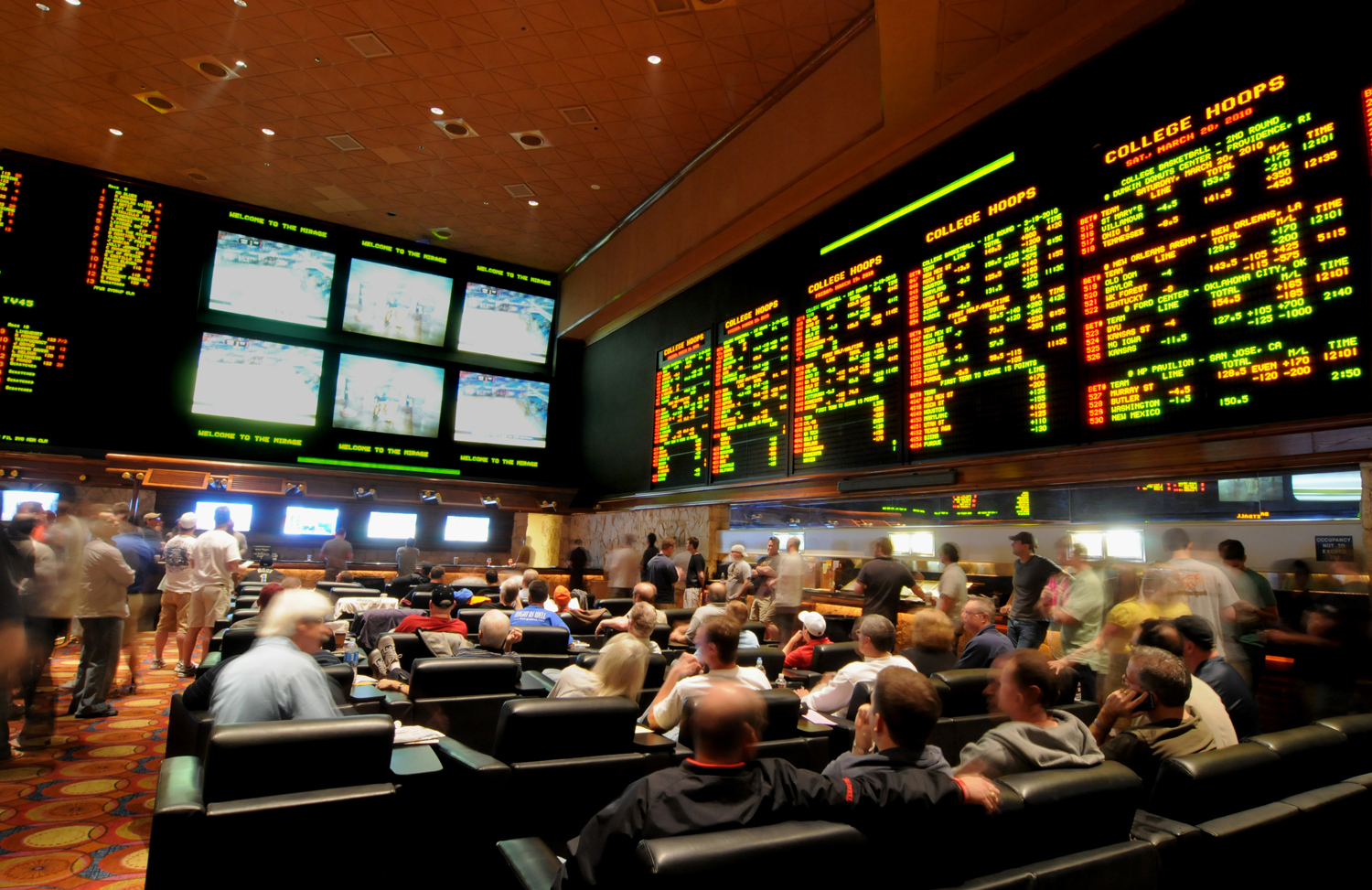
If you want to place a wager at Sweepstakes Casino, or any other online betting sites, then you need to understand what the odds mean. You’re most likely to see these written down if you’re betting on a sporting event. However, all kinds of gambling can also be represented in the same terms, from your chances of winning at table games like blackjack to slots, horse racing and even betting on events like the presidential elections.
Odds represent probability. They show the chance of a certain outcome occurring and also, with betting odds, how much you stand to win if you place a wager when those odds apply. Odds on the same game or event can change over time and may also be different depending on who you place the bet with. One important thing to remember is that even with the so-called “true odds”, the figure you see is just informed guesswork.
How odds are worked out
No-one knows what the outcome of a scheduled NFL game will be ahead of time. All they can do is look at the past record of the teams, the players, and many other factors to express the likelihood of a given team winning or losing. As sports betting is a commercial enterprise, this figure will also be affected by public sentiment. The number of people betting on a team reflects the general feeling as to whether they are likely to win or not and is usually a good indication of their actual chances of winning, assuming there is not important information that the general public cannot access.
Just as important is that the more individuals that bet on a team to win, the more people the bookie has to pay out to if that happens. Whatever the “true odds” are, different bookies will adjust them slightly to make a profit. That is the way they can make a living and provide a service, and punters just have to accept it as a fact of life. However, it is often worth shopping around to find the site or bookie offering the best odds.
American odds explained
American odds are also called Moneyline odds and are expressed as either a positive number, for the underdog, or a negative number, for the favorite. They express how much you stand to win if you bet $100 and how much you have to bet to win $100, respectively. So if you successfully bet $100 at +200, you would get back $300: your $100 stake plus $200 in profit. If you bet $1 you would make $2 profit on the game, for $15 you would be up to $25, and so on. Remember, however, that the higher the number, the less likely it is that the outcome being bet on (your team winning) will happen.
With a negative number, you are more likely to win but won’t make as much money as a result. So if you bet $200 at -200, you will get back $300: your $200 stake plus $100 profit. If you bet $100 at -200, you’ll get back $150, with $50 being your profit. A $1 bet would only make 50c.
British and European odds
British and European odds are in some ways simpler and easier to understand. British odds are sometimes called fractional odds, as they are expressed as fractions: 5/1 or 5-1, in both cases pronounced “five to one.” This expresses the profit you will make if you win. Bet $1, get $6 back ($5 profit plus your $1 stake). Fractional odds for favorites are a bit more complicated, for instance, 3/5. In this case, you see the odds as a mathematical equation: three divided by five. This gives us 0.6, which we multiply by our initial stake: so putting $100 down at 3/5 we would stand to win $60 (as well as getting our initial $100 back).
European or decimal odds are also used in Canada and are the simplest of all as they give you the exact amount you will get back on a $1 winning bet, including your initial stake. So a winning $1 wager at 5.0 will get you $5, which amounts to $4 profit. Betting $100 at 5.0 will get you $500 ($400) profit, and betting $15 at 5.0 will get you $75, or $60 profit. Simply multiply your stake by the odds to get your return, and then subtract your initial stake to see your profit.
This should give you a basic understanding of any sports odds you see. Soon this will become second nature and you’ll be able to interpret them at a glance.






